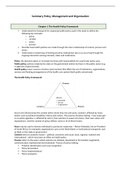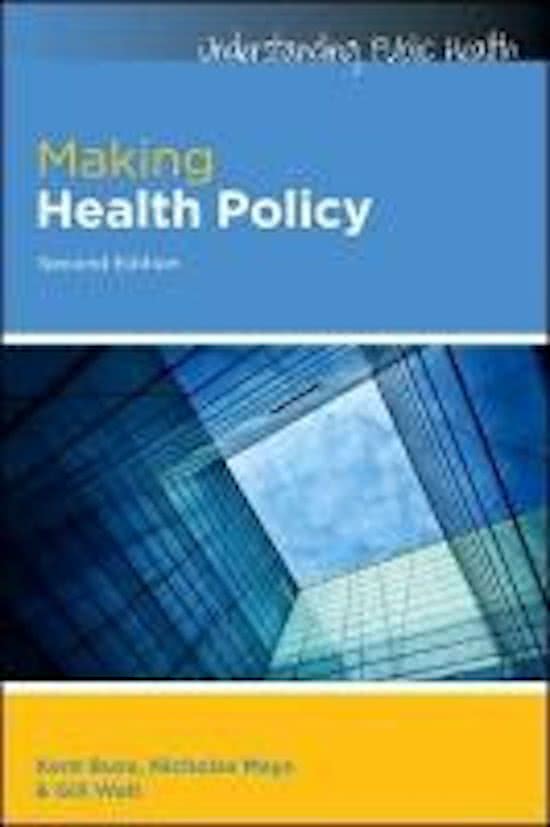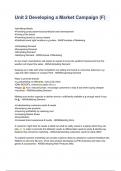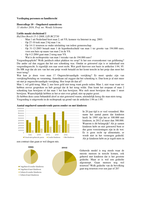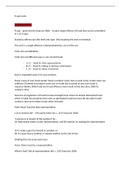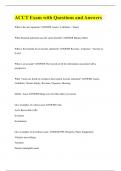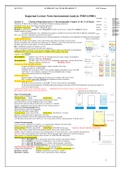Samenvatting
COMPLETE summary Policy, Management & Organisation (book: Making Health Policy)
- Instelling
- Vrije Universiteit Amsterdam (VU)
- Boek
- Making Health Policy
Complete summary for the test Policy, Management & Organisation in the Master International Public Health (Health Sciences). Includes chapter 1-5, 7 & 8 of the book Making Health Policy + notes from the lectures.
[Meer zien]
